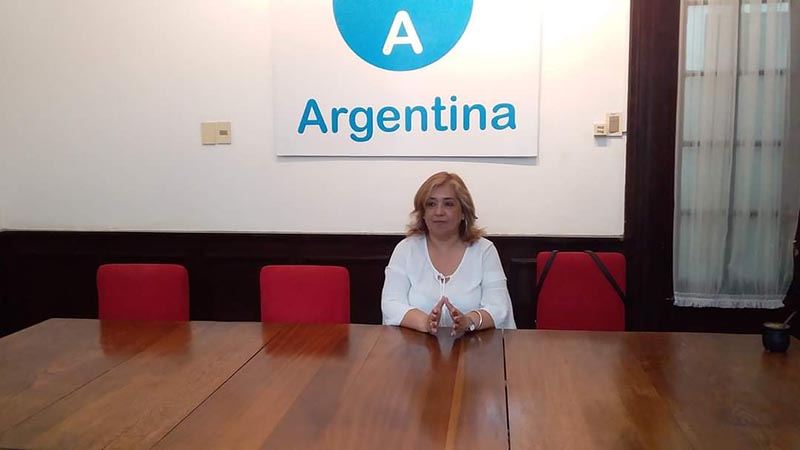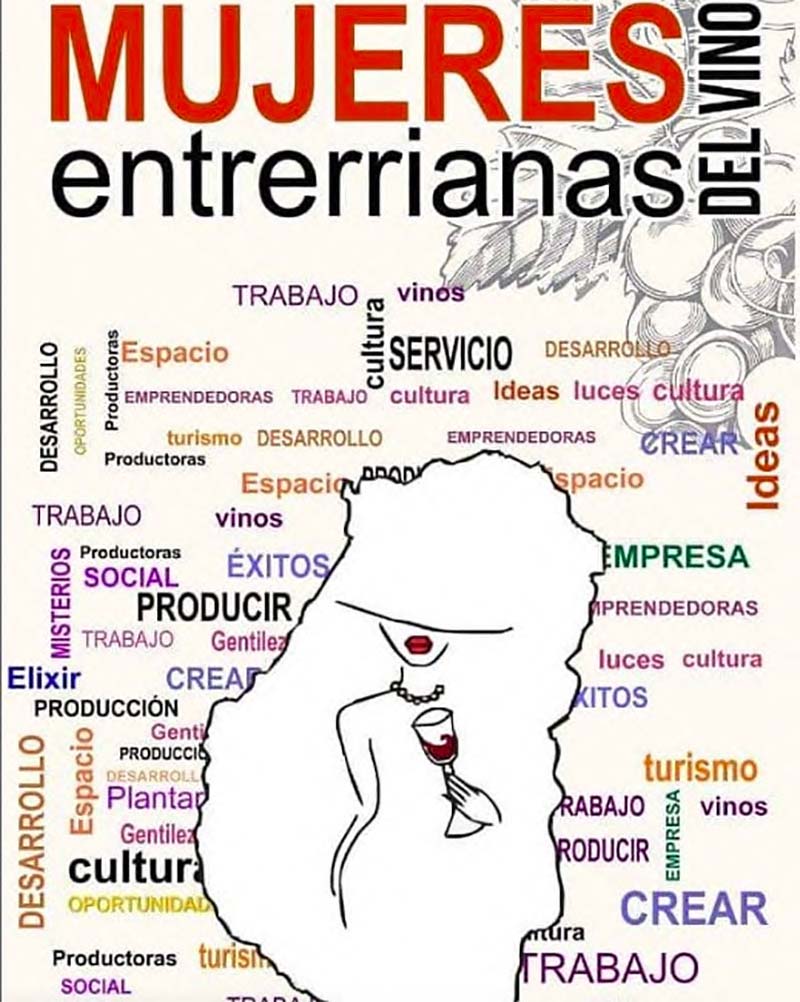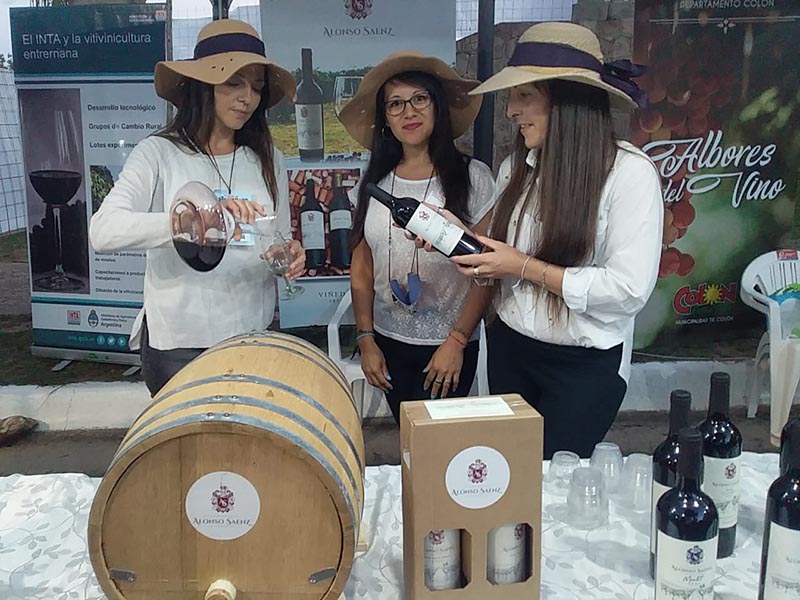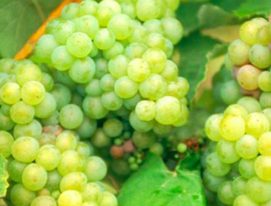A heady breeze is blowing through the vineyards of Entre Ríos: in addition to an increase in viticultural output, academic training has expanded since the opening in 2016 of the first Tecnicatura Superior en Enología y Fruticultura (Degree in Oenology and Fruticulture), a nationally accredited three year course given in Departamento Colón, from which three classes have now graduated (among which there many women working with wine in Entre Ríos).
The history of viticulture in Entre Ríos dates back to the 19th century when immigrants brought vines to the province and saw them flourish. Between 1894 and 1916, when viticultural production across the country grew by 700%, Entre Ríos became the fourth largest producer of grapes and wine. With connections to Buenos Aires by river, business prospered.
Things continued to go well until 1934, when Law 12.137 prohibited the production of wine and grapes outside of the Cuyo area (resulting in the complete destruction of the industry across the province). Almost sixty years later, in 1993, an Entre Rios senator drew up the bill that struck down the prohibition.

Since then, surface area under vine has grown and grown: while in 2010 it stood at 24 ha, by 2021 it was 58 ha (according to the latest annual report on surface area published by the National Institute of Viticulture). Of these a quarter is Malbec at 15 hectares, followed by Cardinal – a table wine – and Tannat at 8 each, and just behind them Merlot at 7. The rest is split between Chardonnay, Marselán, Syrah, Cabernet Franc and Sauvignon, and other varieties.
There are now a host of certified boutique vineyards but only four officially recognized wineries: two on the shore of the Paraná River (BordeRío and Los Aromitos) and two on the shore of the Uruguay River: Bodega Vulliez and Las Magnolias di Colombo.
Women of wine in Entre Ríos
These encouraging facts and figures have led to the formation of the Asociación de Mujeres Entrerrianas del Vino (Women’s Association of wine in Entre Ríos), an organization that brings together women in the industry to champion their historic role throughout the chain from the vineyard through the winery to sales. We spoke to Lina Bosch, the Association President, who also coordinates the degree course, and is Director of Industrial Production and Commerce in Colón, to learn more about their activities.
What kind of roles have women played in the history of wine production in Entre Rios?
They were always leaders, especially in Colón, one of the first agricultural settlements in the country founded in 1863 by Urquiza, and populated by immigrants. It’s just that their work has been ignored; it was always overlooked. Just like everywhere else: people only see what they value.
The truth is that women have had a long and close relationship to winemaking in Entre Rios. Historically, they were always in charge of the expert cultivation of the plants, the precision management and harvesting of the grapes.
Today, many are studying the course while graduates are working in the industry. That’s always been true but remember that when Argentina was founded women weren’t allowed to study so there were no accredited women oenologists. Of course, there were women in the vineyards with expert knowledge of the vines and the harvest, they just didn’t have a degree.

How did the degree course come about?
It’s recent, it began in 2016 in Victoria, and then another center opened up in 2017 in San José. Three classes have graduated with degrees as Technical Oenologists and the make-up is about 70% women and 30% men. The virtual course expanded opportunities and today we have people from different provinces studying, even from Mendoza.
We also have agricultural schools in the area that are beginning to teach winemaking as another crop so the future is very promising, and more and more vineyards are being planted. Before, oenologists came from Uruguay, but now we have a production line of Argentine professionals making wine in Entre Ríos.
And then the Asociación de Mujeres Entrerianas del Vino was founded…
When the degree course began and we started to tour the vineyards to give the students practical experience, we found that many of the vineyards were being run by women. We even found that, perhaps because they were on their own, although they were making quality wine, they were reluctant to promote or sell it.
And so we formed the Association, because as a group we were able to bring together the different profiles of all the women involved. There are marketing professionals, oenologists, lawyers, experts in overseas trade and more. We’re women who support one another in every venture (we arrange training, events, fairs and tastings) in order to raise the profile of women in the vineyards.
We help each other with whatever we might need: maybe getting the grapes in before the rain, designing a label, obtaining a loan to start a winery or with sales issues. We help one another because we have a range of expertise.

How do you address gender issues?
Until relatively recently women who enjoyed wine were disapproved of. I think that in the last five years we’ve made a lot of progress and today we don’t have to work on the issue at all, it’s welcomed. A lot of women have become leaders in the viticultural industry and the women of wine in Entre Ríos are going further every day.



